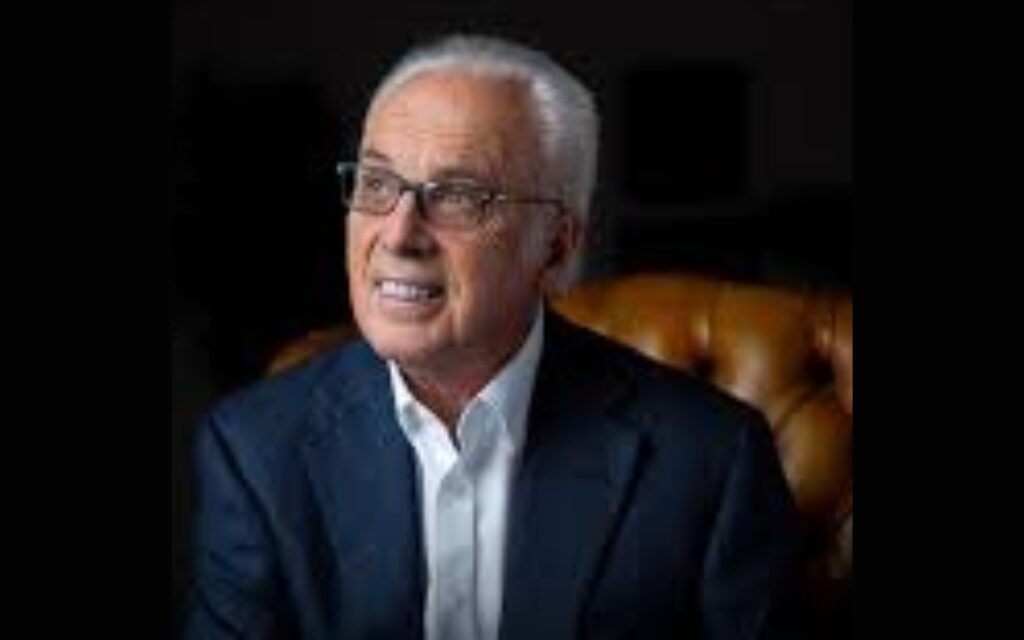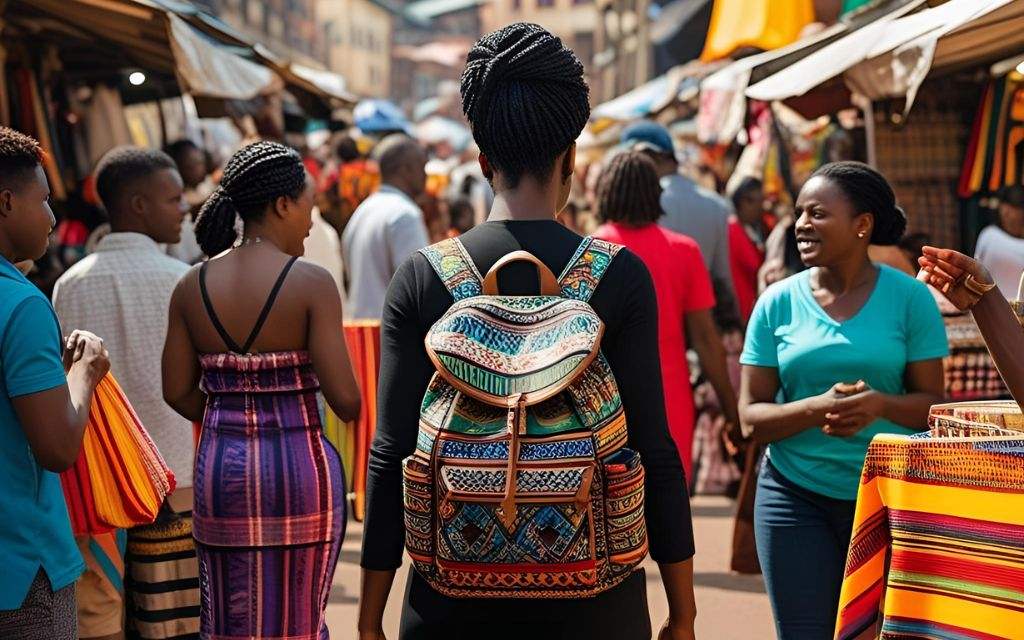This is the fourth post in a five-part series titled “Jesus in the Old Testament,” showing different ways Jesus appears in the Old Testament.
for if you believed Moses, you would believe me; for he wrote of me
John 5:46
The previous posts in the series dealt mostly with people whose life or actions resembled Christ. But people are not the only types or illustrations of Christ in the Old Testament. Jesus is also foreshadowed through symbols and events.
And here are a few of them:
1. Noah’s ark (Genesis 6:13-22)
When God decided to destroy the world through a flood, He chose to spare Noah and his family because Noah found favor in His eyes.
Consequently, God instructed Noah to build an ark, to enter it, and to bring his family and lots of animals with him. Once they entered, the Lord shut the door, and everyone within the ark survived the flood.
As the ark protected Noah and his family from the flood, Jesus protects us from judgment. He is the door of the sheep, and once we enter in Him, we will be saved from the wrath of God and receive life (John 10:9).
Also, as the ark was the only way to escape the flood, Jesus is the only way to salvation (John 14:6). Peter even said the flood was a type of baptism through the resurrection of Christ (1 Peter 3:21).
2. Jacob’s ladder (Genesis 28:10-12)
Jacob once had a dream in which he saw a ladder on earth that reached heaven, and the angels of God were ascending and descending on it. Its purpose was to provide a bridge or access point between heaven and earth.
Jesus likened himself to this ladder in John 1:51 and said, “you will see heaven opened, and the angels of God ascending descending on the Son of Man.”
Sin formerly broke our relationship with God and made us His enemies (Colossians 1:21). But through Christ, we have access to God and peace with Him (Romans 5:1-2; 10).
He is the real access point between heaven and earth and between God and man. He is the way, the truth, and the life; no one can get to God except through Him (John 14:6).
3. Manna from heaven (Exodus 16:4)
After God delivered the children of Israel from Egypt, He brought them to the wilderness temporarily. He provided for their food and gave them manna, a kind of sweet bread.
Jesus also likened himself to manna and declared that He was the true bread that came from Heaven (John 6:32-33), and He is infinitely higher than his type.
Unlike manna, which could only satisfy the Israelites physical needs temporarily, Jesus is the bread of life that will meet our spiritual needs eternally (John 6:35).
4. The rock at Horeb (Exodus 17:6)
God also provided water for the children of Israel in the wilderness. He instructed Moses to strike the rock at Horeb so that water would come out of it, and the people would drink.
The rock was a shadow of Christ who was also “struck” so that God’s people would receive living water (John 7:37-39). Jesus even told the Samaritan woman at the well, that He would give her living water. And whoever drank from it would never thirst again (John 4:10; 13-14).
And Paul said in 1 Corinthians 10:4 that the children of Israel “all ate the same spiritual food, and all drank the same spiritual drink. For they drank from the spiritual Rock that followed them, and the Rock was Christ.”
However, Moses kind of ruined this illustration in Numbers 20:8-10. This second time around, God instructed Moses to only speak to the rock to yield water. But out of frustration with the Israelites, Moses disobeyed and struck the rock again. His disobedience not only dishonored God, but it ruined the picture of Jesus as the rock.
Jesus paid for our sins once on the cross (Hebrews 10:12). Afterward, we only need to speak to Him, confess with our mouth that He is Lord to receive His living water (Romans 10:9).
As a result, God severely punished Moses and forbade him to enter the promised land.
5. The tabernacle (Exodus 36-40)
In the Old Testament, the tabernacle was a temporary place of worship for the Lord. Its purpose was for God to dwell among his people (Exodus 25:8; 29:45). It is also where the ark of the covenant (the representation of God’s presence), stayed.
It was a shadow of Christ, who is the true tabernacle and the final meeting between God and humanity (Colossians 2:9, Hebrews 9:11) ).
Jesus is the Word who became flesh and dwelt with us (John 1:14). His name is Emmanuel, which means God with us (Matthew 1:23). And He referred to His body as a temple (John 2:19-21). God designed the tabernacle, and its different components foreshadow Christ in some way.
For instance, the veil of the tabernacle is a type of Christ. It separated the Most Holy place, where God dwelt, from the Holy place. And only one man could enter it once a year. Jesus’ body was the veil that was torn open so that men could access God’s presence freely. (Hebrews 10:20, Matthew 27:51). Also, the tabernacle only had one entrance, which symbolizes Jesus as the only means to enter God’s presence.
There are many other illustrations or types of Christ in the Tabernacle’s design and items. Can you spot them?
6. The scapegoat (Leviticus 16:21-23)
During the day of atonement (Yom Kippur), God instructed Aaron to take a live goat, lay his hands on it, and “confess over it all the iniquities of the people of Israel, and all their transgressions, all their sins.”
Afterward, Aaron would send the goat away into the wilderness. It symbolized the removal of the sins of the Israelites and foreshadowed Christ.
Jesus became our ultimate scapegoat on the cross when He bore the sins of the world (Isaiah 53:6). The scapegoat was cast out from among the people just like Jesus was rejected by men(Isaiah 53:3) and Jesus was also sent outside the city to die (Hebrews 13:12).
And as the scapegoat took the sins of the Israelites far from them, Jesus has removed our transgressions from us as far as the east is from the west (Psalm 103:12).
7. The worm (Psalm 22:6)
Psalm 22 is a prophetic psalm that describes the sufferings and death of the Messiah, who is likened to a worm verse 6.
There are three Hebrew words for a worm. The one in this verse is tola’ath, a crimson or scarlet worm, commonly found in Israel. The female crimson worm gives birth only once. At that time, she climbs up a tree or a piece of wood, attaches her body to it, and makes a hard crimson shell. The shell is so firmly attached to the tree, that it can only be removed by ripping her apart and thus killing her.
Underneath the body and protective shell, she lays her eggs, and the baby worms feed on her until she dies. After her death, her body released a red or crimson ink that covers the babies entirely. And the babies remain crimson red for the remainder of their lives.
Then three days later, the dead mother’s body loses its crimson color and turns white wax. The wax falls like snow on the ground.
Like the crimson mother worm died for her children to live, Jesus died so that we may live through him (1 John 4:9). He also climbed on a tree and gave up His life so that His people would be cleansed by His blood (Revelation 1:5), covered by it (Ephesians 2:13), and become white as snow (Isaiah 1:18).










These are good articles, thank you.
Thank you!
you are so helpful thanks
Thank you 🙂
you are very helpful thank u